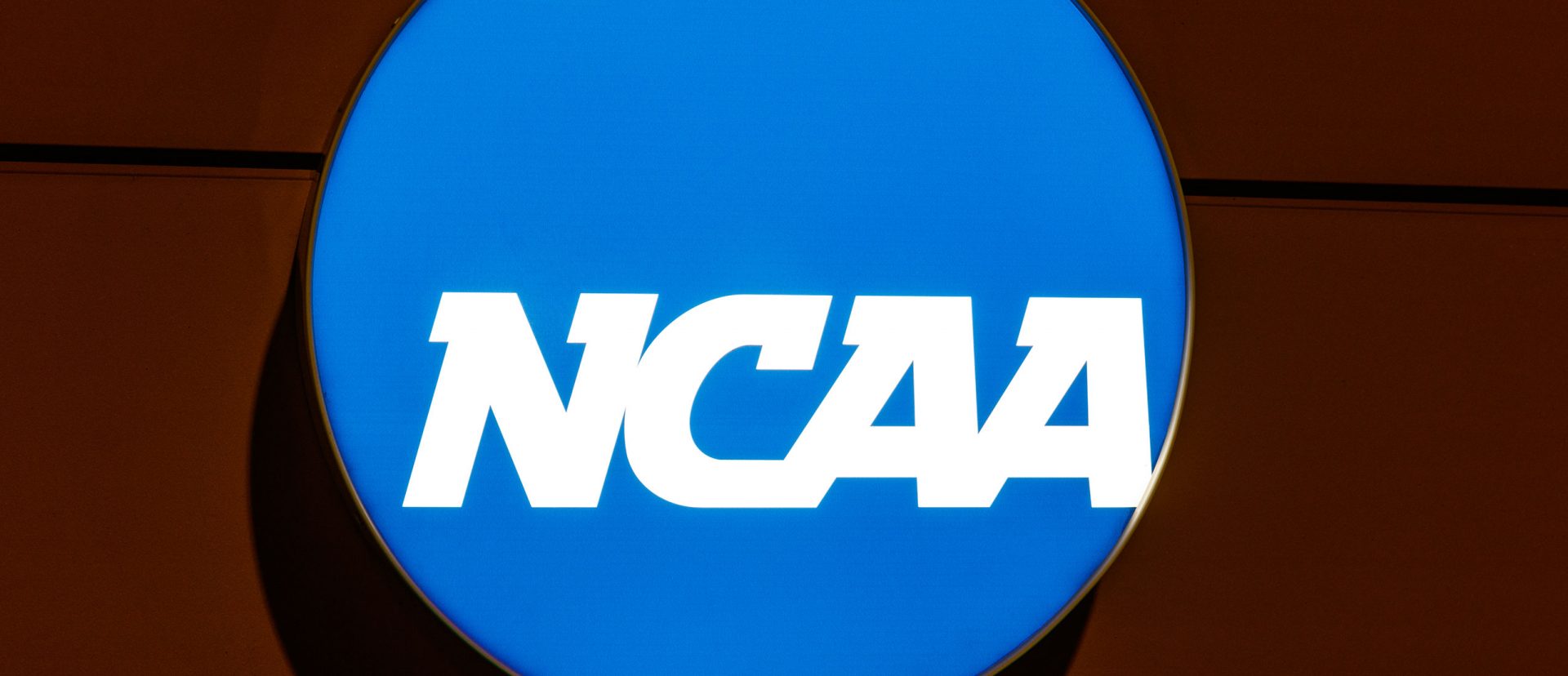In spite of enjoying substantial commercial success, the National Collegiate Athletic Association (“NCAA”) continues to limit the compensation of student-athletes through collusive monopsonistic restraints. The NCAA benefits from an antitrust exemption that can be traced to the Board of Regents (468 U.S. 85 (1984)) decision in 1984. In this paper, we examine the NCAA’s unique buyer cartel operation when antitrust attack is no longer a concern, including its organization structure and implementation of a wide array of restrictions. We further analyze the vitality of the antitrust exemption and the NCAA’s recent antitrust challenges.
By Roger D. Blair & Wenche Wang1
I. INTRODUCTION
The National Collegiate Athletic Association (NCAA) is a 1200-member cartel that exercises considerable monopsony power in the market for collegiate athletes. Ordinarily, buyer cartels are unlawful per se, but the NCAA enjoys a peculiar antitrust exemption when it comes to its employment of collegiate athletes. This exemption can be traced to the Supreme Court’s misguided decision in its Board of Regents opinion.2 As a result of this antitrust exemption, the NCAA cartel operates openly for all the world to see. Since its operations need not be clandestine, organizing and implementing the cartel is less complicated. Moreover, since the cartel rules are spelled out in its Operations Manual, cartel communication is facilitated.3
In this article, in Section II, we begin with a brief
...THIS ARTICLE IS NOT AVAILABLE FOR IP ADDRESS 216.73.216.89
Please verify email or join us
to access premium content!

